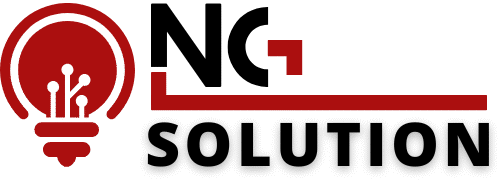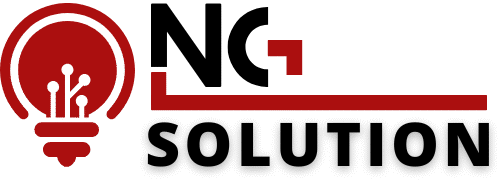As the April 2026 deadline for Making Tax Digital for Income Tax Self-Assessment (MTD ITSA) approaches, both accountancy firms and self-employed individuals are under increasing pressure to digitize and comply with new regulations. Selecting the right software is crucial not only for meeting these regulatory obligations but also for enhancing the efficiency, accuracy, and client-friendliness of tax submissions.
With HMRC’s pilot program expanding and final testing in progress, several MTD-compliant tools have emerged in 2025 as leaders in functionality, support, and relevance to the evolving needs of the profession. Among these, FreeAgent stands out for its accessibility, particularly for sole traders and landlords, with features like bank feed integration and automated categorization. Sage Accounting is praised for its robust reporting tools and ease of migration, making it ideal for accountants managing diverse client needs.
QuickBooks Online is recognized for its seamless integration and user-guidance through MTD tasks, while Xero is favored for its simple user experience and strong accountant portal. Digita Personal Tax offers tailored solutions for professional firms with complex tax workloads, and IRIS Accountancy Suite provides a hybrid model with desktop-cloud flexibility.
KashFlow, under the IRIS umbrella, caters to micro-businesses with its entry-level functionality, and QuickFile is a budget-friendly option for freelancers and small firms. Zoho Books, still developing its MTD ITSA capability, is ideal for firms using Zoho’s suite of tools, and TaxCalc is noted for its intuitive layout and affordable pricing for smaller practices.
Choosing the right tool involves considering factors such as HMRC recognition, readiness for quarterly updates, integration capabilities, and available training and support. With less than 10 months until MTD ITSA becomes mandatory, early adoption and migration are essential for ironing out workflow issues and preparing for future regulatory changes.


